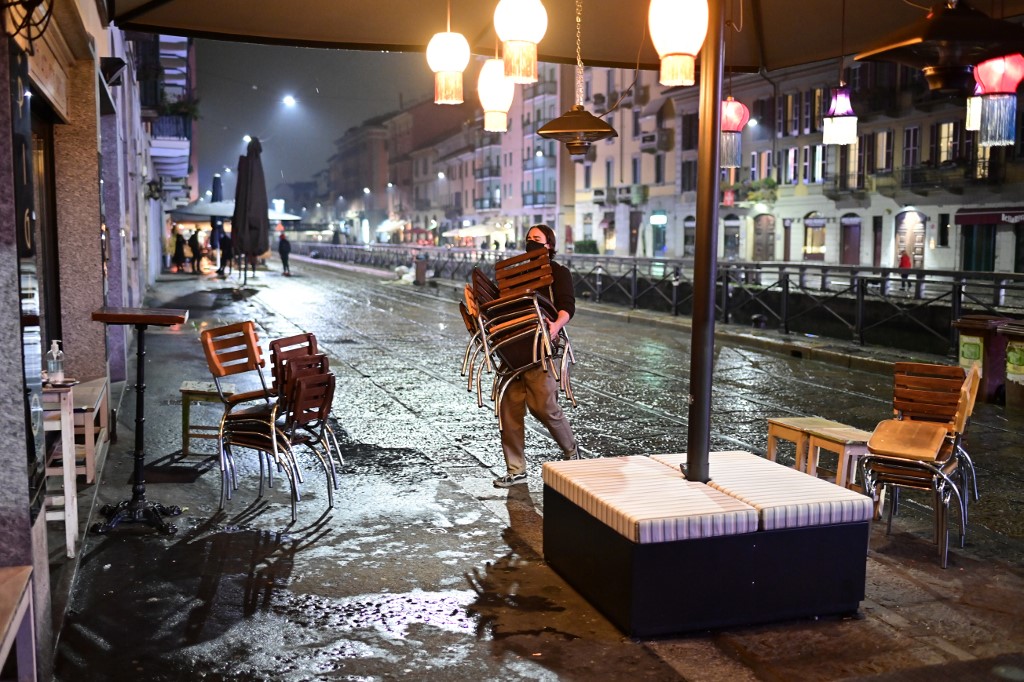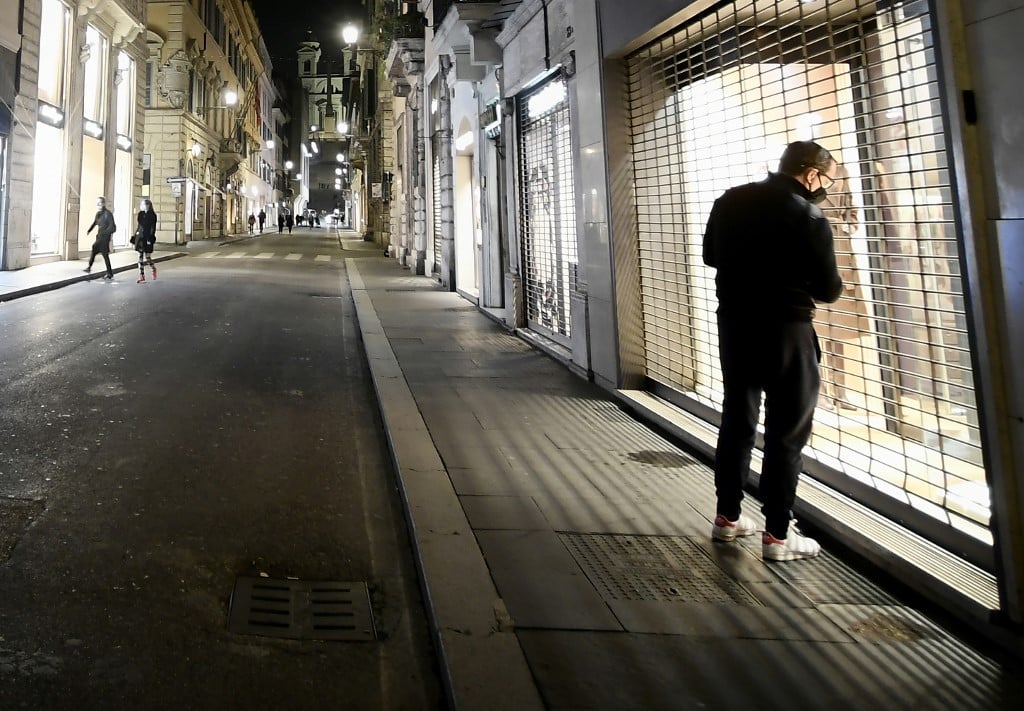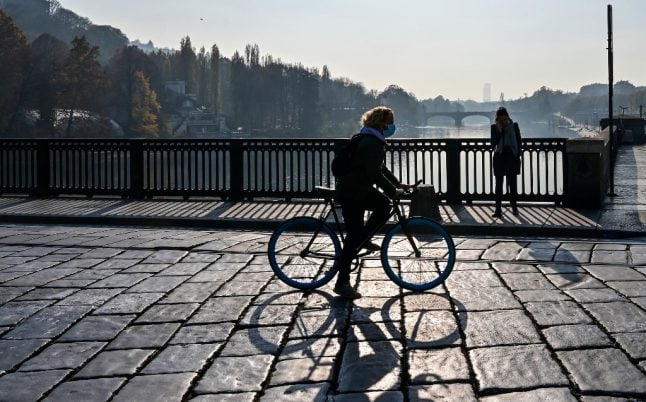Note: We have chosen to make this article paywall free. The Local relies on our readers signing up as Members. Please consider joining our community. For more information, click here.
Under Italy's latest emergency decree, the Italian goverment tightened the coronavirus rules for the fourth time in three weeks in response to the country's worsening coronavirus situation.
As well as introducing a nationwide curfew, the government announced a new national three-tier framework which means certain rules now differ based on where you are in Italy.
READ ALSO: The form you need to go out at night under Italy's national curfew
The first rules came into force on Friday November 6th and have been updated several times since, most recently on Sunday, November 29th.
The following measures, contained in the official text of the latest emergency decree, apply across the whole country until at least December 3rd.

In addition to the national rules above, the new regional tier system means red, orange and yellow zones have differing restrictions.
From Sunday November 29th, the regions are classified as follows:
Red (high risk) zones: Abruzzo, Campania, Tuscany, Valle d'Aosta, autonomous province of Bolzano (also known as Alto Adige/South Tyrol).
Orange (medium-high risk) zones: Basilicata, Calabria, Emilia-Romagna, Friuli-Venezia Giulia, Lombardy, Marche, Piedmont, Puglia, Umbria.
Yellow (moderate risk) zones: Lazio, Liguria, Molise, Sardinia, Sicily, Veneto, autonomous province of Trento (also known as Trentino).
- Travel restrictions
- Business closures
- Travel restrictions
- Business closures
- Some schools closed
- No sports

Travellers from several other European countries including the UK are required to take a test on or before arrival in Italy.
Travellers can either get tested before their journey – both the PCR nasal swab and the finger-prick tests are accepted, so long as they're carried out no more than 72 hours before your journey – or within 48 hours of arriving.



 Please whitelist us to continue reading.
Please whitelist us to continue reading.
I have lived in Piemonte for nearly 10 years. I have sold my house and the move out date is March 30th. I would like to move to Sardinia, but although I have arranged for my furniture etc to be packed and taken into store, am I able to travel to Sardinia to find a suitable house, for at the moment, when I leave at the end of March, I have nowhere to live? Any advice would be much appreciated. Thanks